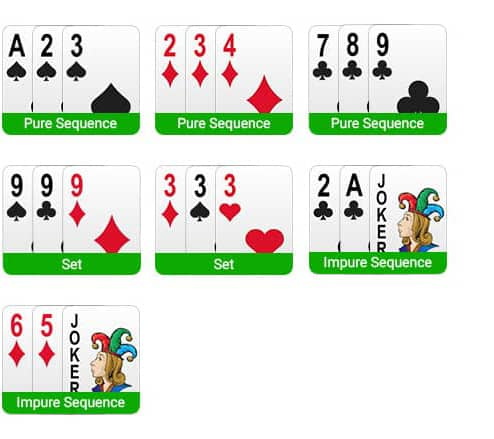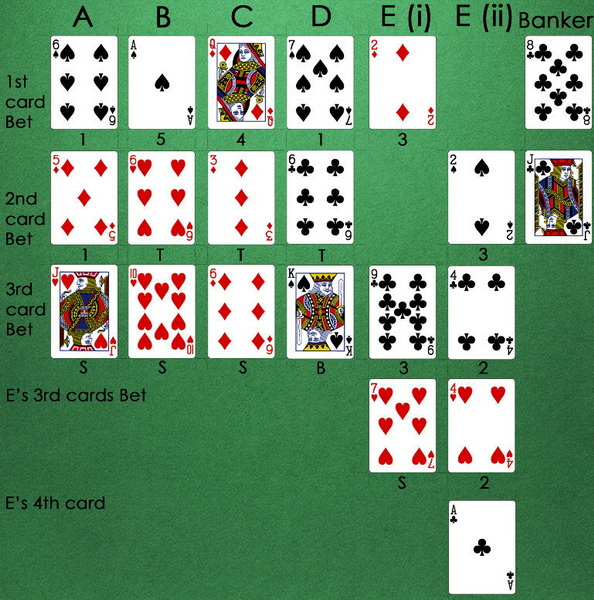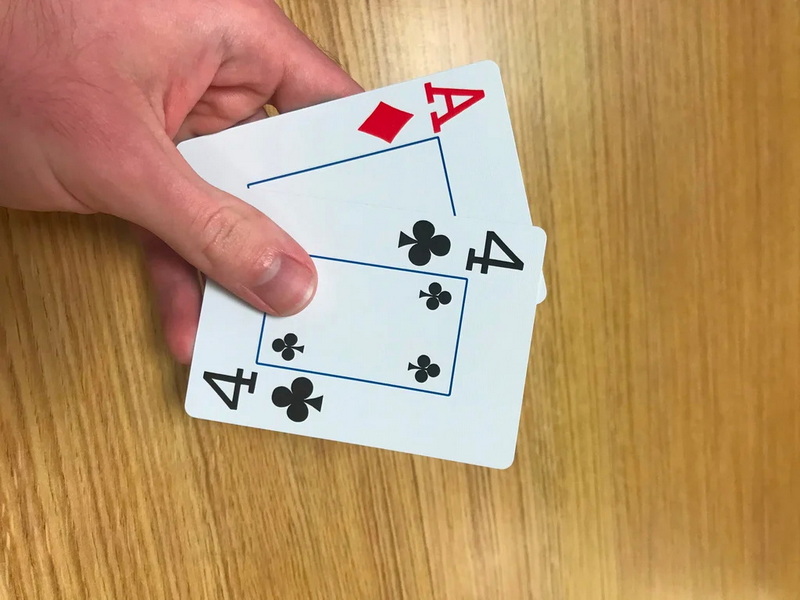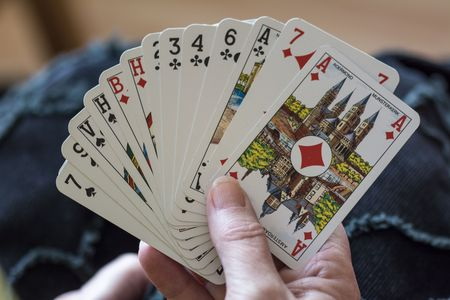Content Menu
● Understanding the Objective
● Card Values
● Setting Up the Game
>> Player and Dealer Setup
● Gameplay Mechanics
>> Player Decisions
>> Dealer's Turn
● Winning Conditions
● Strategies for Success
● Variations of 21
● Conclusion
● Related Questions
>> 1. What are some common mistakes beginners make when playing Blackjack?
>> 2. Can I play Blackjack online?
>> 3. Is it legal to play Blackjack at home?
>> 4. How does insurance work in Blackjack?
>> 5. What is a "push" in Blackjack?
● Citations:
The 21 card game, commonly known as Blackjack, is one of the most popular card games played worldwide. It combines elements of chance and strategy, making it an engaging game for players of all ages. This article will provide a comprehensive guide on how to play the 21 card game, including its rules, strategies, and variations.

Understanding the Objective
The primary objective of the 21 card game is to accumulate a hand value as close to 21 as possible without exceeding that number. Players compete against the dealer rather than each other. If a player's hand exceeds 21, they "bust" and lose the round.
Card Values
Before diving into gameplay, it's essential to understand how card values are assigned:
- Aces can be worth either 1 or 11 points, depending on which value benefits the player's hand more.
- Number cards (2 through 10) are worth their face value.
- Face cards (Kings, Queens, and Jacks) are each worth 10 points.
Setting Up the Game
To start a game of 21, you will need:
- A standard deck of cards (52 cards).
- A table or flat surface for play.
- Optional: chips or tokens for betting if you choose to play with stakes.
Player and Dealer Setup
1. Determine the dealer: Players can take turns being the dealer or designate one player as the dealer for the entire game.
2. Place bets: If playing for stakes, players place their bets in front of them. The dealer should also have a designated area for their bet.
3. Shuffle and deal: The dealer shuffles the deck thoroughly and deals two cards to each player and themselves. Players' cards are typically dealt face up, while the dealer has one card face up (the "upcard") and one card face down (the "hole card").

Gameplay Mechanics
Once all players have their initial two cards, gameplay proceeds in turns starting from the player to the dealer's left.
Player Decisions
Players have several options during their turn:
- Hit: Request an additional card from the dealer. Players can continue to hit as many times as they wish until they either stand or bust.
- Stand: Keep the current hand and end their turn. This is usually done when players feel confident about their total.
- Double Down: After receiving the first two cards, players may choose to double their original bet and receive only one additional card. This option is often used when players have a strong hand.
- Split: If a player's first two cards are of equal value (e.g., two eights), they can split them into two separate hands by placing an additional bet equal to their original wager. Each hand is then played individually.
- Surrender: In some variations of Blackjack, players can surrender after seeing their first two cards. They forfeit half their bet but end their participation in that round.
Dealer's Turn
After all players have completed their turns, it's time for the dealer to reveal their hole card and complete their hand:
1. The dealer must hit until they reach a total of at least 17 points. If they have a soft 17 (an Ace valued as 11 plus another card totaling six), some casinos require them to hit again.
2. If the dealer busts (exceeds 21), all remaining players win.

Winning Conditions
The winner of each round is determined based on who has a higher total without busting:
- If a player's total is higher than the dealer's without exceeding 21, they win and receive a payout equal to their bet.
- If both player and dealer have the same total, it results in a "push," meaning no one wins or loses; bets are returned.
- If a player has a Blackjack (an Ace plus a ten-value card) and the dealer does not, they typically receive a payout of 3:2 on their bet.
Strategies for Success
While luck plays a significant role in Blackjack, employing certain strategies can improve your chances of winning:
- Basic Strategy: Familiarize yourself with basic strategy charts that outline when to hit, stand, double down, or split based on your hand total versus the dealer's upcard.
- Card Counting: Advanced players may attempt to keep track of high and low cards that have been played to gauge whether more high-value cards remain in the deck. This method requires practice and concentration but can provide an edge over time.
- Bankroll Management: Set limits on how much you are willing to bet and stick to those limits. Avoid chasing losses by increasing bets beyond your comfort level.
Variations of 21
There are numerous variations of Blackjack that introduce unique rules or side bets:
- European Blackjack: The dealer only receives one card initially until all players have completed their turns. This increases suspense as players do not know if the dealer has a strong hand until later in the round.
- Spanish 21: Played with a Spanish deck (which lacks tens), this version offers more liberal rules regarding doubling down and bonuses for certain hands.
- Blackjack Switch: Players are dealt two hands and may switch cards between them after receiving their initial hands.
Conclusion
Playing the 21 card game offers excitement and strategic depth while being accessible to newcomers. Understanding its rules and employing effective strategies can enhance your experience at home or in casinos. Whether playing casually with friends or competing at a casino table, mastering this classic game can lead to hours of entertainment.

Related Questions
1. What are some common mistakes beginners make when playing Blackjack?
Beginners often make mistakes such as hitting when they should stand or failing to utilize basic strategy charts effectively. Additionally, many do not manage their bankroll properly or become overly aggressive when betting.
2. Can I play Blackjack online?
Yes, many online casinos offer virtual Blackjack tables where you can play against computer dealers or live dealers via video streaming.
3. Is it legal to play Blackjack at home?
Playing Blackjack at home is generally legal as long as no one is profiting from hosting games (i.e., no house edge). However, local laws regarding gambling should always be checked before organizing games with monetary stakes.
4. How does insurance work in Blackjack?
Insurance is offered when the dealer's upcard is an Ace. Players can place an additional bet up to half their original wager that protects them against the dealer having a Blackjack. If successful, this bet pays out at odds of 2:1; otherwise, it is lost if the dealer does not have Blackjack.
5. What is a "push" in Blackjack?
A push occurs when both the player and dealer have equal hand values at the end of a round. In this case, no money changes hands; players retain their original bets.
Citations:
[1] https://bicyclecards.com/how-to-play/blackjack
[2] https://www.reddit.com/r/NoStupidQuestions/comments/1bni194/how_do_you_play_the_card_game_blackjack/
[3] https://www.hollywoodpnrc.com/-/media/png/east/hollywood-pnrc/pdfs/table-games-tutorials/tutorial-blackjack.pdf
[4] https://www.venetianlasvegas.com/resort/casino/table-games/how-to-play-blackjack.html
[5] https://www.instructables.com/How-to-Play-21Blackjack/
[6] https://www.hippodromecasino.com/hippodrome-casino/blackjack/
[7] https://www.youtube.com/watch?v=zuZqw12MrVI
[8] https://planningwithkids.com/2012/06/20/21-card-game/

































